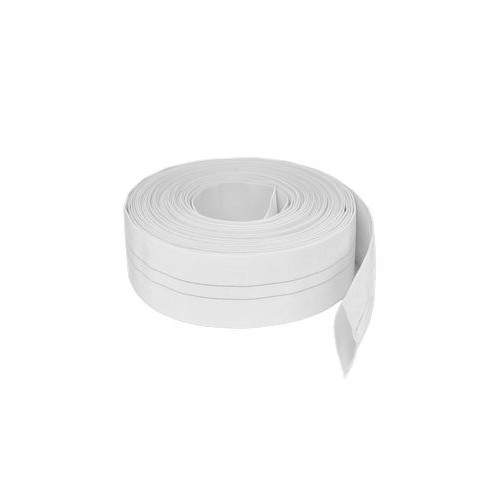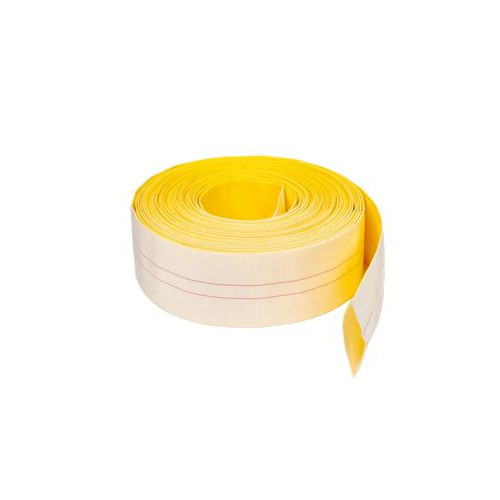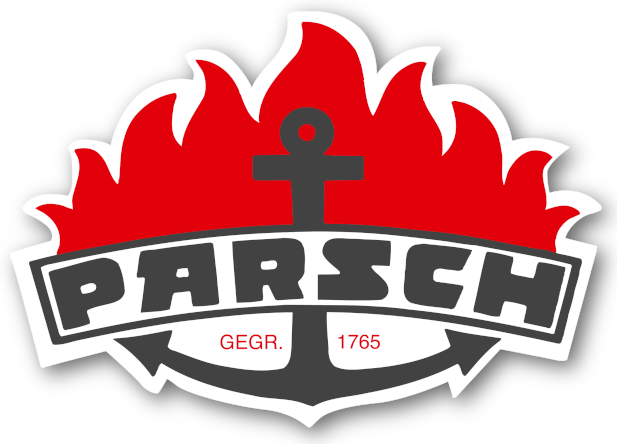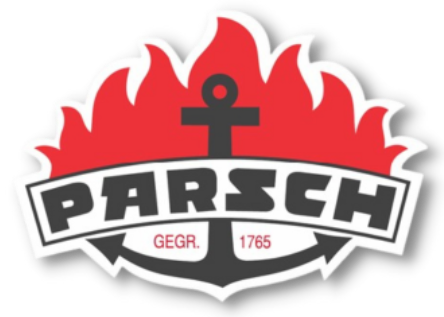Aeration + Discharge hoses
lightweight and flexible

Technical information
SILOFLEX N UNCOATED
special hose for the aeration of bulk powders and granular

Technical information
SILOFLEX
special hose for the aeration of bulk powders and granular
Aeration and Discharge Hoses
Efficient handling of bulk materials and fluids is a challenge in many industries. Materials with very fine grain sizes or difficult flow properties can easily clump, block silos, or cause disruptions in pipelines. In these situations, aeration hoses and discharge hoses provide reliable solutions to keep processes running smoothly.
Aeration Hoses – Keeping Bulk Materials Flowing
In silos, bins, and hoppers, bulk materials with a grain size of 0.2 mm and smaller often pose problems. Without sufficient aeration, powders such as cement, pigments, fertilizers, or even fine plastic granulates lose their flowability and form bridges or blockages. Aeration hoses counter this effect by introducing controlled gas streams into the material. This loosens up the stored product, reduces friction within containers and pipelines, and allows for consistent discharge even after long idle times.
Because of their durability and precise permeability, PARSCH aeration hoses are widely used in stationary silos as well as in mobile systems such as silo trucks. They support industries as varied as power generation, construction materials, water treatment, and the chemical sector. Whether it is coal dust in power plants, quartz sand in glass production, or activated carbon in wastewater treatment, aeration hoses help ensure that fine powders remain free-flowing and ready for further processing.
Discharge Hoses – Reliable Transport Under Pressure
Where aeration hoses keep bulk materials mobile, discharge hoses ensure that these and many other materials can be reliably transported. They are designed to handle the movement of water, sludge, slurries, and powders from silos or tanks into pipelines and beyond. In agriculture, discharge hoses play an important role in irrigation and fertilizer distribution. In construction, they are used for transporting mixtures of water and solid materials under demanding site conditions.
The strength of discharge hoses lies in their ability to combine flexibility with resilience. They are capable of withstanding high pressures and temperatures, while also being resistant to abrasion. This makes them suitable for long-term use in environments where reliability is essential. By maintaining smooth flow and reducing friction losses, they help extend the service life of both hoses and the systems in which they are integrated.
Practical Benefits
Both aeration and discharge hoses contribute to the efficient and safe handling of materials. Together, they minimize energy consumption during transport, prevent costly blockages, and allow for precise dosing of bulk solids and liquids. Their use reduces downtime, extends equipment life, and enables industries to maintain a high level of operational reliability.
PARSCH Expertise
At PARSCH, we have developed aeration hoses such as Siloflex N (uncoated) and Siloflex yellow-coated, both made of 100% polyester with controlled air permeability. Their linen weave with tracer threads ensures predictable performance and makes them easy to handle in fixed installations as well as mobile applications. Our discharge hoses are equally robust, designed for heavy-duty industrial and agricultural use while offering flexible handling.
Through this combination of expertise in materials and design, PARSCH supports a wide range of industries — from power plants to the chemical sector, from agriculture to glass production. Wherever fine powders or liquids need to be kept mobile, transported, and discharged reliably, our hoses form a central part of the solution.

